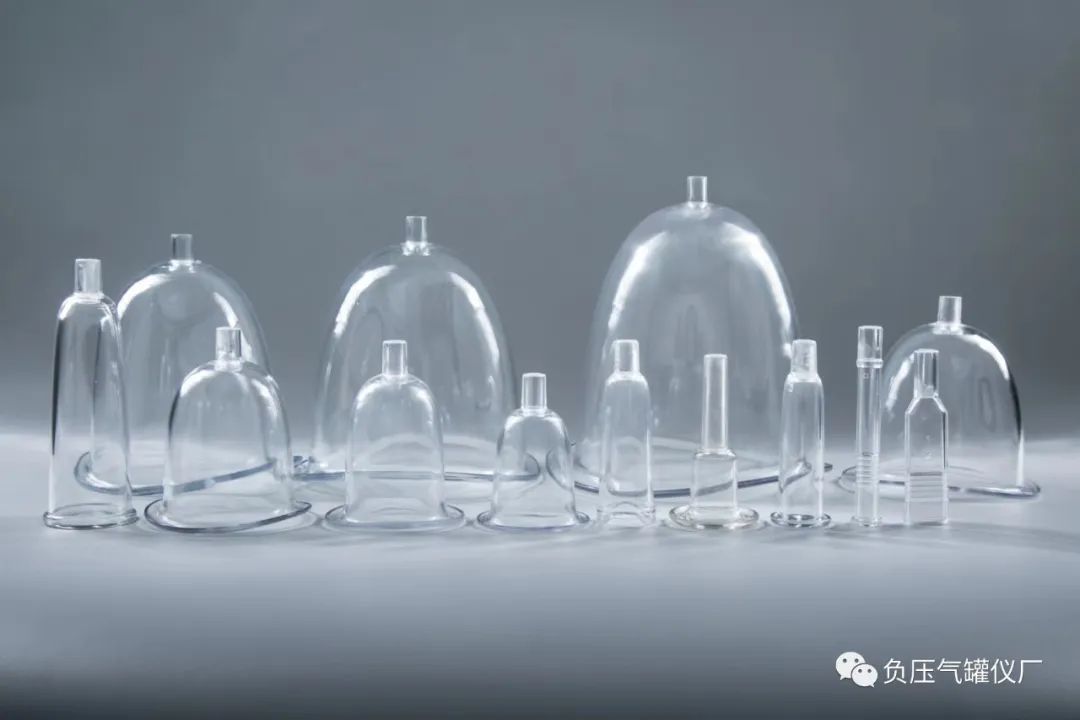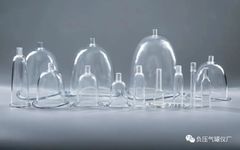
What is Cupping Therapy?
It is often said that moving cupping combined with stationary cupping yields better results, and we have discussed the methods of moving cupping before. Today, let us learn more about it in detail.
Moving cupping therapy is a type of cupping therapy.
Moving cupping therapy uses cups as tools, applying an appropriate amount of cupping oil to the area where cupping will be performed, removing the air to create negative pressure, allowing the cup to adhere to the skin. Then, the practitioner moves the cup back and forth over the area to create a reddening or bruising effect on the skin, which is a method used to prevent and treat diseases.
What are the benefits of moving cupping therapy?
Moving cupping therapy can help regulate internal medicine, urology, gynecology, surgery, and trauma-related diseases.
Moving cupping can unblock meridians, promote qi and blood circulation, relieve fatigue, and enhance physical strength. Additionally, moving cupping can improve skin condition, enhance muscle endurance, and promote gastrointestinal motility, alleviating constipation.
For individuals with weak constitutions, low immunity, or poor digestive function, moving cupping can be a beneficial health maintenance practice.
Techniques for Performing Moving Cupping Therapy
First, select appropriate cups; larger cups can be used on the back, while smaller cups are suitable for the legs. The cups must be sterilized, especially when sharing a set of cups.

Secondly, choose the area for moving cupping; it is essential to select the corresponding meridians related to the condition being treated, preferably on a large, flat area such as the knees or shoulders.
Thirdly, apply cupping oil to the selected area; if cupping oil is unavailable, petroleum jelly can be used as a substitute.
Finally, place the cup, ensuring it is not too tight (it is best to use a negative pressure cupping device for safety and ease of use), then hold the cup and slide it back and forth along the meridian. For the knees, elbows, and shoulders, move the cup in both clockwise and counterclockwise directions until the skin in the cupping area becomes red, congested, or shows bruising, at which point the cup can be removed. This process generally takes about 10 minutes. Different constitutions and conditions may result in different types of marks appearing.
After removing the cup, cover the skin with a soft towel and gently massage it.
Moving cupping therapy is generally divided into local moving cupping and meridian moving cupping:
Local Moving Cupping: This involves rotating the cup in a small area around the affected site. For example, in cases of shoulder periarthritis, slow clockwise and counterclockwise movements can be performed on the shoulder.
Meridian Moving Cupping: This focuses on the meridians associated with the affected area, performing larger movements along the meridian. For instance, in cases of lumbar muscle strain, moving cupping can be applied along the Governing Vessel (Du Mai) and Bladder Meridian (Pangguang Jing) with up-and-down movements.
Precautions for Moving Cupping Therapy:
When performing moving cupping, do not create too much suction initially; it should be just enough for the recipient to feel a stimulating sensation that is bearable. Gradually increase the pressure according to the degree of skin reddening.
During the process of moving the cup, apply pressure to ensure the vacuum cup is tightly pressed before moving; this will reduce discomfort.
Always apply lubricant when performing moving cupping; dry cupping can damage the skin.
Ensure that the pressure applied during moving cupping is even.
Who Should Avoid Moving Cupping?
1. Individuals with skin allergies, ulcers, edema, or those in areas with major blood vessel distribution should not use this method.
2. Individuals with specific medical conditions should avoid moving cupping.
Source: Negative Pressure Cupping Device Manufacturer
Copyright belongs to the original author. If there is any infringement, please contact us for modification or deletion. Contact number: 0731-85054048
Recommended Reading
Join Groups: Various specialized nursing WeChat groups, join quickly.
Submissions: Original articles related to nursing are welcome for submission.
Video Account: Nursing tips and expert live broadcasts.
Follow: WeChat public accounts categorized by nursing departments.
Book Purchase: Nursing books, click “Read More” below to purchase.

